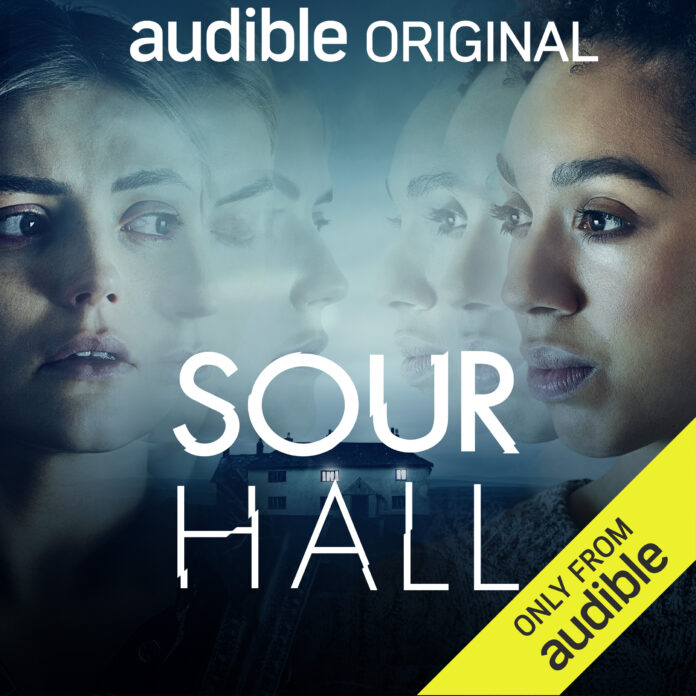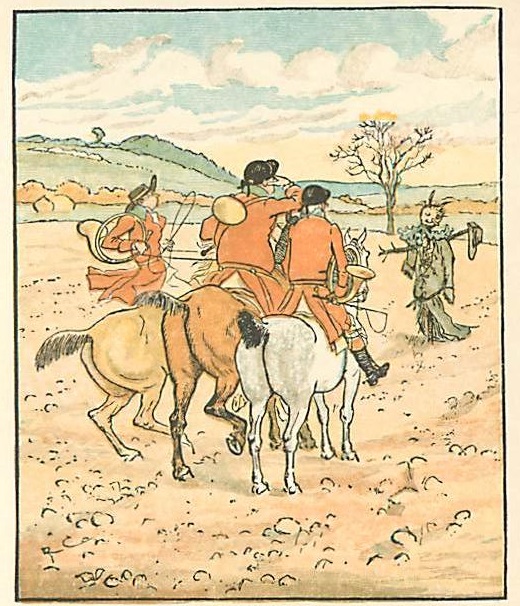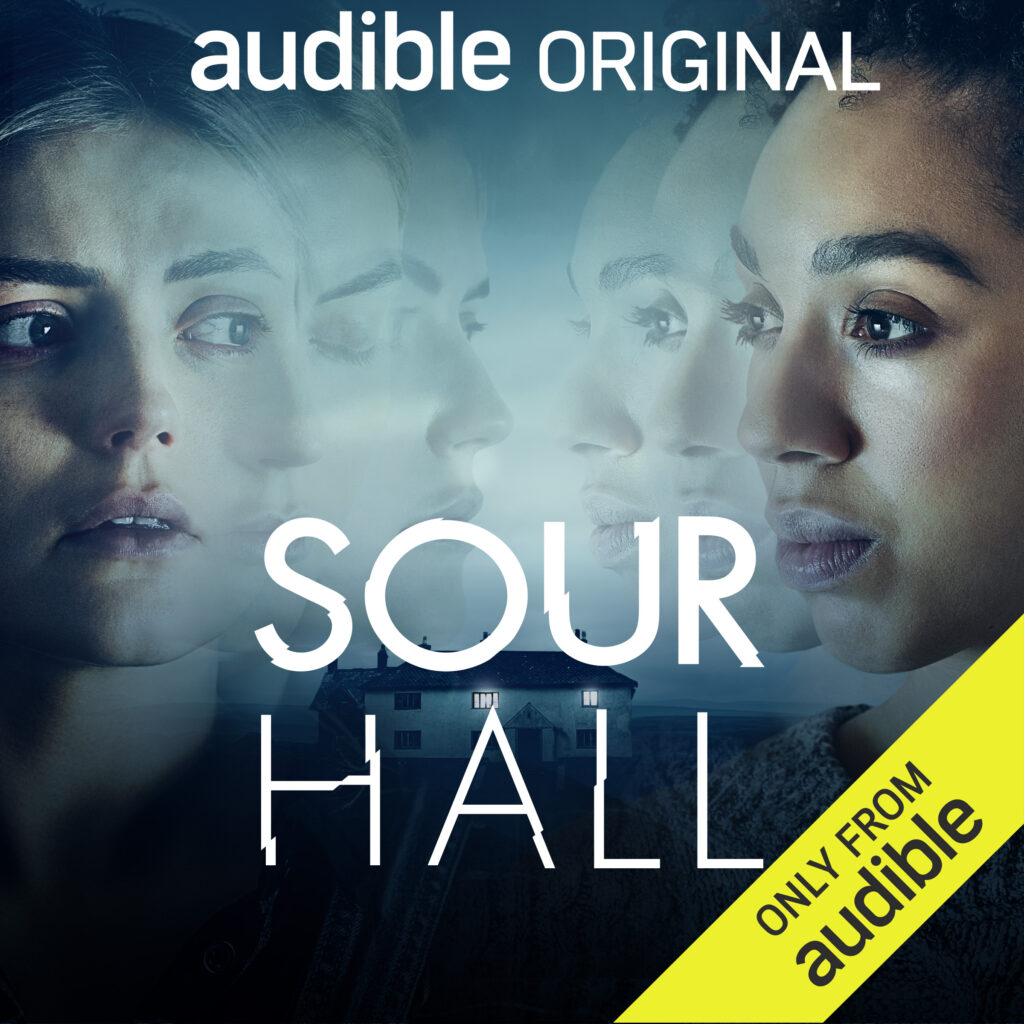
Sour Hall, written and directed by Laura Kirwan-Ashman, adapted from short stories by Naomi Booth, and starring Lucy Fallon and Pearl Mackie, is a gripping, cutting-edge neo-horror drama surrounding an interracial lesbian couple returning to the family dairy farm where a sinister force interrupts their new life.
Please note that Sour Hall contains strong language, adult themes, and scenes of a violent nature, with references to sexual violence and miscarriage. Listener discretion is advised.
Radio dramas have had a dramatic rebirth in the last decade with the increased access to the internet, high-quality microphones in everyday phones, and profession-level editing programs available to most people. Almost anyone with a combination of these tools and a story they want to share can get in on the audio rebirth through the internet. Traditional radio dramas declined in popularity after silver screen movies of the 1920s and then further with the introduction of televisions in North American homes but the medium never truly disappeared. My mother, born in the late sixties in Bangladesh, would listen to radio broadcasters and their crews do Charles Dickens, Sir Arthur Conan Doyle, and other translated literary classics while drinking her post-dinner tea. Radio dramas are a staple form of entertainment in France, Ireland, and the U.K. today, and drama CDs are a flourishing market in Japan (which their own prolific sub-genres and dedicated fanbases towards Voice Actors). It has only been in recent years, with services like Apple Podcasts, Audible, and the Google Play Store, radio-style dramas have been making a comeback in North American markets, and in Sour Hall you can find a gripping story about the supernatural, fear, and fighting for love.
Quality
The first thing that stands out about Sour Hall is its absolutely bonkers level of production. Recorded in 360/binaural sound technology in Yorkshire, the gorgeously edited and mixed audio entices your sense into feeling present in the story. Sounds come in and out of focus with a realness that’ll have you turning around just to check someone isn’t coming up the stairs behind you. You’ll be pausing to make sure your windows are actually closed and if the voices you’re hearing are real or not. There were points I had to switch from headphones to my phone’s speaker because the mix was so authentic and real and I was freaking myself out. The ambiance, in addition to the story, keeps you on edge as you follow Ash and George’s lives on the farm.
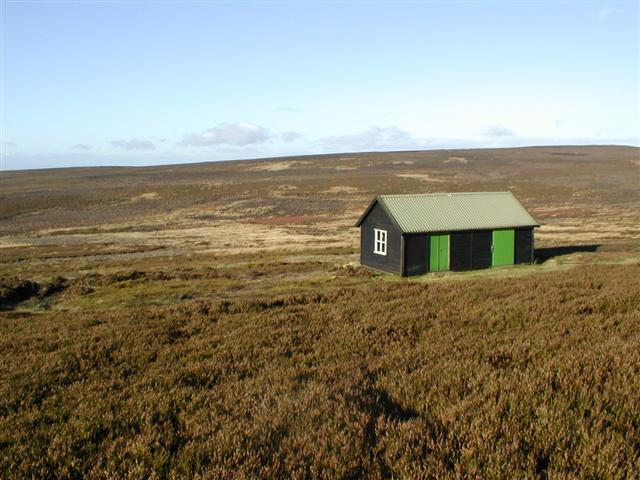
What greets Ash and George at Sour Hall? The audio drama strings you along for a bit, teasing with echoes of a fright, building up at a pace that’ll catch you off guard until you’re in the thick of all the suspense and drama. You’ll reach one, two, or three, even, ideas about what’s going on until Kirwan-Ashman’s writing and directing shifts everything to the left. But you never feel a fool for your guesses. Sour Hall doesn’t try to trick you with red herrings or make any dangers it plays out seem trivial or irrelevant to the story. It is tightly structure and well-paced that’ll have you binging through all six episodes in no time.
Romance & Emotional Connection
Pearl Mackie’s Ash and Lucy Fallon’s George play off each other so well in this emotionally-charged drama. As their relationship begins to crumble in the face of rural isolation, the stress of starting a new business, family issues, and secrets building up between them, they are forced to contend with a squatter who doesn’t exactly want to go unnoticed. Ash struggles to adjust to life in a rural town where there are few LGBTQ+ people around and even fewer BIPOC, becoming a sort of spectacle for locals and heightening the feeling that she doesn’t belong, on top of still being traumatized by a miscarriage she suffered roughly a year ago. George wants to return to her childhood home and overwrite all her bad memories with new ones she makes with Ash, hiding them under the bed until they turn into the literal boogieman.
It is clear that George and Ash hold deep affection, love, and respect for each other. This move to rural Yorkshire was a leap of faith for both of them, hoping to hold on to each other for the wild ride that would be starting a new business and settling in a strange town. In the early episodes, you can see them trying – they talk, joke around, and reaffirm their love through words and actions. But as unexplainable supernatural occurrences increase, it leads them down a path of secrets, gaslighting, and violence. Their priorities start shifting – where Ash is in Yorkshire for George, George begins focusing more and more on getting the farm running and keeping the mysterious supernatural forces at bay. Ash’s anxiety run rampant – she has no one to turn to other than George, who pleads with the boggart, the often referenced spirit of both good and ill will, to spare them.
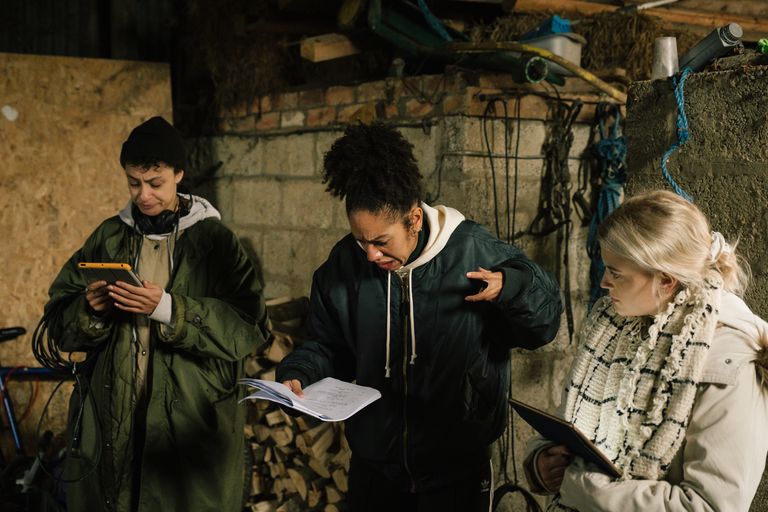
Their relationships with the townsfolks are also peculiar – most are just curious as to what brought George back, and who exactly the queer black woman accompanying her is. Ash faces many microaggressions from locals and the leering eyes of Thomas, a farmhand George hires. This leads her to have, as time goes on, a better relationship with an expecting cow, Lyra, and a stubborn horse previously owned by George’s mum, Mary. The only people that seem even remotely kind to Ash is Peter, a long-time friend of George’s father, the constable, and a paramedic. She has a tenuous relationship with her sister, who holds her at arms length and with safety gloves as to not bring up Ash’s trauma. The only person Ash can really lean on is George, who grows distant.
Their relationship is tested through the whole series, but Kirwan-Ashman doesn’t describe the series as ‘hopepunk’ for nothing.
Folklore Elements
(This segment will contain spoilers!)
One of the most interesting parts of Sour Hall is the blending of old English folklore and legend into a very modern setting. While Ash and George deal with the staples of the horror genre – dense fog, electrical problems, and sounds that go bump in the night – they also contend with the special kind of folklore that can be found in the Moors of England.
The Moors themselves, and places like it such as marshes, are often viewed as liminal spaces where reality is barely hanging on and other forces may be at work. Halloween is traditionally seen as a window of liminal time, when spirits, ghosts, and other creatures from another world can freely visit. It is the same for liminal space, where not only can we visit them, but they can visit us. Moors, with the frequent rain, mist, fog, and winds, is a harsh environment, and these weather changes can, in folklore, a signal that something is a little off about the story. It is a place of growth, from the cows to the bacteria in George’s cheese, but is also a place of death – the liminality of it all. Most of the most supernatural scares and encounters happen in the massive rain and wind, when not only are George and Ash trying to fight against whatever is haunting them, but also the weather. Every scene of gross physical violence, a nightmare that bends the limits of Ash’s reality, or death is proceeded by either a crazy wind, a flood, or an intense rainstorm.
Other nods to folklore happen in smaller scenes, some that needed me to rewind to make sure I heard it right. In Episode 4, after Ash helps Lyra the cow gift birth, she samples cheese George brought from a showcase that has maggots in it, a symbol for decay, death, and life in folklore, which is then followed by an intense scene where the girls attempt to save the cows from a flood, only to find the first and only dead body of the Sour Hall. Other small moments happen like that, such as many direct calls to childbirth (connecting to Ash’s past), and a little diddy at the end about reincarnation/rebirth. The writers are not trying to be subtle and know what they’re pulling from.
Boggarts, frequently referenced by locals and George in the story, are a spirit or creature of both good and bad natures. Most modern readers will be familiar with the boggarts found in Harry Potter – the kind that turns into the thing you fear the most and the only way to wish it away is with a laugh. But the boggarts, boggles, hobs, and hobgoblins are of a less simple nature. Some accounts say boggarts can heal and mend, while others have recorded that they cause mischief wherever they go from hiding important items, absconding with sheep, and turning milk sour.
Sour Hall pulls quite a bit from the folklore around boggarts into its story – from George running a dairy farm and having all her milk go bad, to the boggart living in the milk churner (a quiet famous account concerning boggarts has one hiding away in a milk churner packed away in their car while a family tried to escape it). Boggarts are also known to cause unruly behavior in horses, making them easily frightened or stubborn, which would match with Mary the horse’s attitude and when Ash gets stuck in the moors after an intense flood and is attacked by a boggart that is, again, another noted piece of folklore. When someone went missing into the marshes or moors, never to be seen again, it was said they were taken by the boggarts. There is one last thing noticed, and that is with a True Name. When a creature is named, it acts as is named – call a werewolf a werewolf and it will act like one, for example. Throughout the series, Ash is warned countless times to never address or call out the boggart for it attracts negative attention from it. Boggarts, which inhabit a duality of Earth and ‘the underground’ (boggarts, if not indoor creatures, burrow and make holes in marshes and moors to live in), it does not exist in either space. At the end of the series, when Ash gives the boggart a new name, it signals a transition for this creature away from their past as being of mischief and suffering.
Kirwan-Ashman takes the idea of a hobgoblin and, through Sour Hall, makes them an absolutely terrifying creature capable of mind manipulation, possession, physical harm, and nightmares, by audio manipulation and through playing off the character’s fears so well. It is the blending of these folkloric elements with modern LBGTQ+ stories and neo-horror/thriller in this amazing medium that makes Sour Hall an unforgettable experience, and well worth your time and money. It is a must-read if you want queer stories, scary stories, and stories that give you a HEA that feels well earned and fought for.


